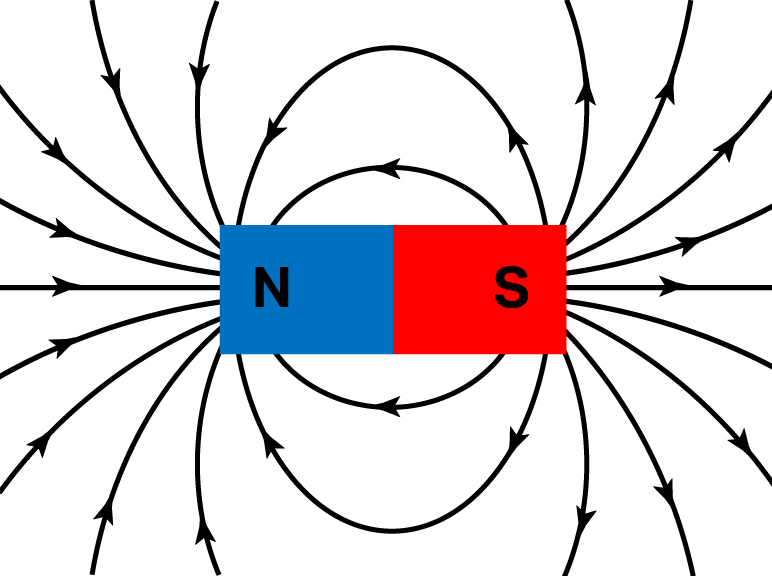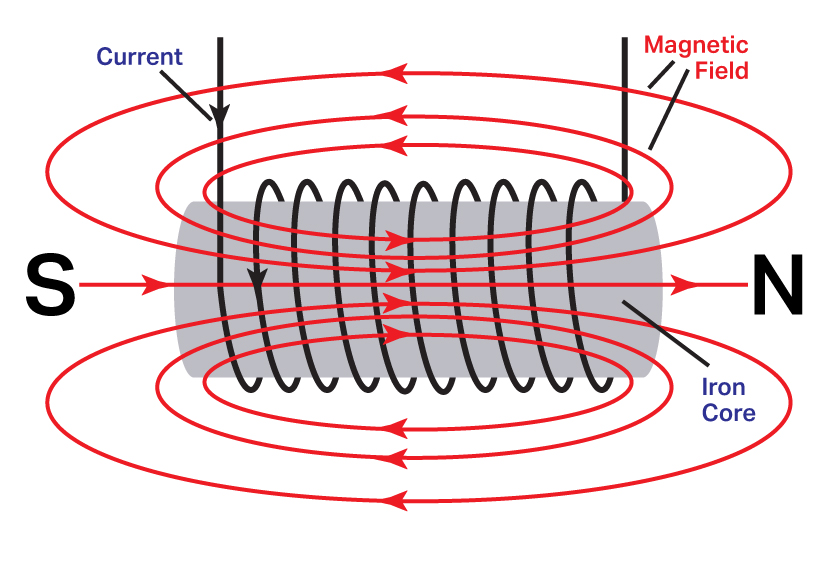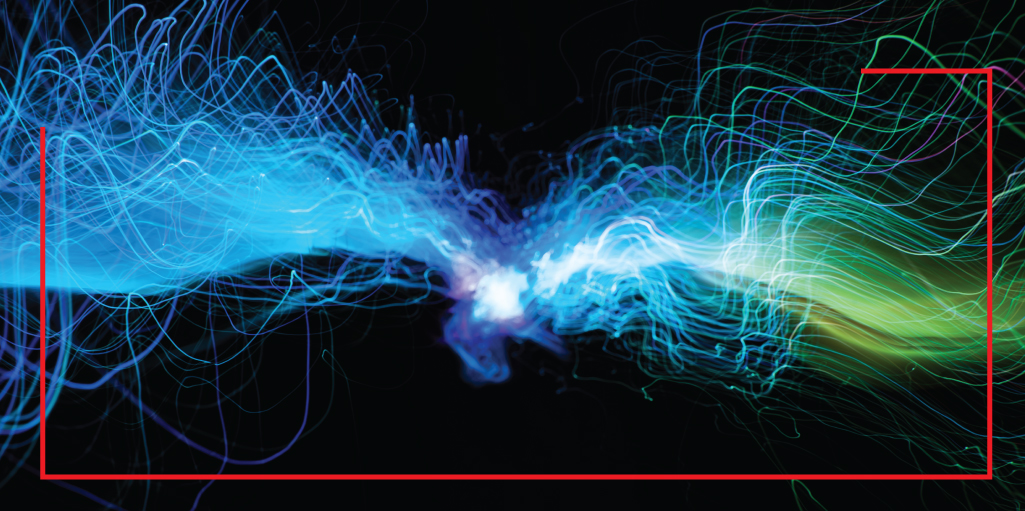Permanent magnets and Electromagnets are both types of magnets, but they differ in how they generate magnetic fields:
Permanent Magnet

A permanent magnet is made from a material that is magnetized and retains its magnetism over time.
- These magnets are typically made from materials such as neodymium, samarium, iron, cobalt, nickel, or their alloys.
- They have permanent magnetic properties due to the alignment of magnetic domains within the material.
- Once magnetized, they do not require an external electrical current to maintain their magnetic field.
- Commonly used in magnetic couplings, bar magnets, speaker magnets, permanent magnet motors, and magnets that trip a reed switch.
Electromagnet

An electromagnet is created by passing an electric current through a coil of wire wound around a ferromagnetic core material, often made from iron or steel.
- When the current flows through the coil, it creates a magnetic field around the coil and the core.
- The strength of the magnetic field can be adjusted by changing the current flowing through the coil.
- Electromagnets can be turned on and off by controlling the flow of electricity through the coil.
- They are commonly used in devices such as scrap yard magnets, electric motors, transformers, relays, MRI machines and end-of-arm tooling on robots.
The main difference lies in how they generate their magnetic fields: permanent magnets have intrinsic magnetism due to the alignment of magnetic domains in the material, while electromagnets create magnetic fields through the flow of electric current in a coil of wire.

One wonders how Magicians and Theme Parks repeat the “Sword in the Stone” trick where a massively strong person cannot pull the “Excalibur” sword from the stone. But then a young child comes along and can pull the sword from the stone with very little effort. Could it be an electromagnet at work here?

